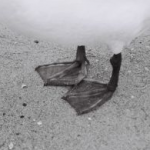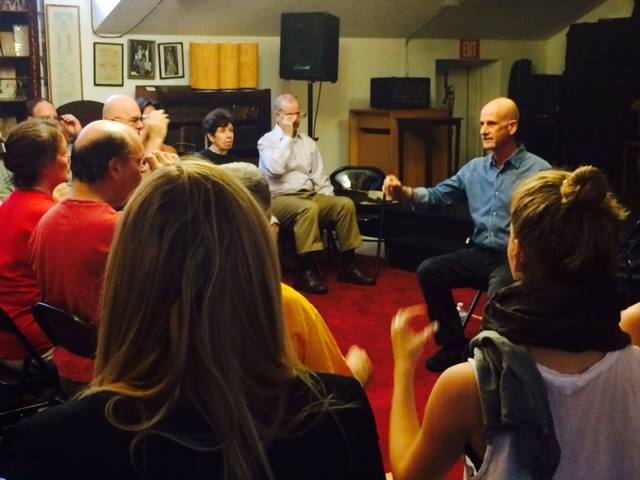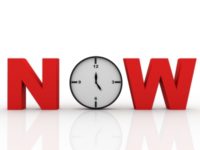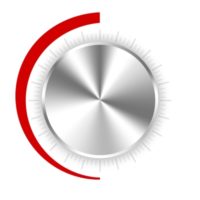 New York seems to have shorter and shorter Springs every year. It’s April 19th, 2009 and one of the first warm weekends of the year. So I decided to spend it in the Emergency Room at Elmhurst Hospital.
New York seems to have shorter and shorter Springs every year. It’s April 19th, 2009 and one of the first warm weekends of the year. So I decided to spend it in the Emergency Room at Elmhurst Hospital.
I stubbed my toe pretty badly on Saturday and now it has the color and size of an eggplant. The Alexander Technique comes into play here in a variety of ways. Firstly, I stubbed it because I was rushing around my apartment, late for an appointment. If I had been thinking more of some Alexander Technique principles, which requires you to stay in the moment, I’d be outside enjoying the beautiful beaches of Elmhurst Queens, instead of sitting in this emergency room.
But, here I am. I’ve been limping for a day and a half now but, because of the Alexander Technique, I haven’t let the protection of the toe (by limping etc.), adversely affect the rest of me. I’ve also become aware of how the pain has impacted my breathing making it more shallow. I consciously let my breath became slower and fuller, and did a few Alexander Technique breathing exercises. I noticed and reduced tension in my face, jaw, shoulders, neck, and legs. I freed my neck, reduced my spinal compression, and let myself lengthen and widen.
I was better able to enjoy the movie playing in the emergency room that day.
Mark Josefsberg-Alexander Technique NYC
(917) 709-4648










Even though the alexander is quiet hard to practice and to teach to chronic patients,
i 100 percent believe, a teacher trained on a general basis ,does miracles to teach those patients and cure their diseases.
hi Rajeesh,
I’m not sure the Alexander Technique is quite hard to practice. I also find that people who are in pain (as I was) can sometimes be the best Alexander Technique students. They have amazing motivation! I also don’t use the word ‘cure’ in terms of the Alexander Technique. However, I have seen it help like nothing else.